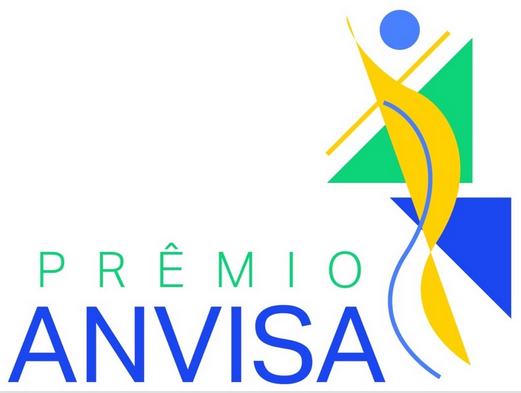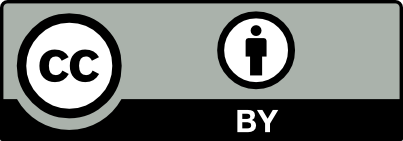Longitudinal analysis of return time and factors associated for blood donation in first-time donors volunteers
DOI:
https://doi.org/10.22239/2317-269X.01370Keywords:
Blood Donors, Blood Centers, Blood Donors Selection, Kaplan-Meier Estimate, First Time DonorsAbstract
Introduction: Different factors related to blood donation can generate situations that affect their return and, when not elucidated and solved, can compromise loyalty to blood centers. Objective: The purpose of this paper was to estimate first-time blood donors return time and associated factors. Method: Cohort studies were designed after consulting State Blood Center’s database in Apucarana, PR, Brazil. Donor medical records were analyzed from January 1, 2005 to June 30, 2009, and their returns were monitored until the year 2011. It was considered as the dependent variable the turnaround time for second donation and its prevalence after the first donation. Anthropometric, clinical and laboratory data were collected, followed by a structured interview. Data were submitted to Kaplan-Meier survival analysis comparing them with the log-rank test. The proportional hazards regression Cox model was used to identify risk factors associated with the return, calculating the proportional risk and interval 95% confidence interval (95%CI). Results: 41.5% returned: 26.1% temporarily were unfit and 50.0% fit. Donors who returned more quickly were Rh negative, under 19 years old and with hypotension. The proportional risk for the main impeditive were older age (RP = 0.190; 95%CI 0.071–0.510), farther distance (RP = 0.276; 95%CI 0.124–0.616), arterial hypotension (RP = 0.540; 95%CI 0.385–0.759), risky behavior (RP = 0.533; 95%CI 0.473–0.601), anemia (RP = 0.402; 95%CI 0.348–0.464) and arterial hypertension (RP = 0.377; 95%CI 0.277–0.513). Conclusions: This study showed a significant decrease in first-time donors who return to the service for other donations and identified that young people and those who were apt were the groups with the highest frequency of return. Knowledge of the causes of temporary inability to donate provides conditions to encourage those temporary unable to donate to return for future donations.
Downloads
Downloads
Published
Issue
Section
License
Copyright (c) 2020 Health Surveillance under Debate: Society, Science & Technology (Vigilância Sanitária em Debate: Sociedade, Ciência & Tecnología) – “Visa em Debate”

This work is licensed under a Creative Commons Attribution-NonCommercial-NoDerivatives 4.0 International License.
COPYRIGHT ALLOWANCE The author (s) hereinafter designated as the ASSIGNOR hereby assign and transfer, free of charge, the ownership of the copyrights related to this ARTICLE to the Vigilância Sanitária em Debate: Sociedade, Ciência & Tecnologia (Health Surveillance under Debate: Society, Science & Technology) – Visa em Debate, represented by FUNDAÇÃO OSWALDO CRUZ, established at Av. Brasil, nº 4365, Manguinhos, Rio de Janeiro, RJ, Brazil, CEP 21045-900, under the conditions set out below: (a) The terms and conditions set forth in this Agreement shall apply to the following: 1. The ASSIGNOR declares that they s(he) is (are) the author (s) and owner (s) of the copyrighted property of the ARTICLE submitted. 2. The ASSIGNOR declares that the ARTICLE does not infringe the copyrights and / or other property rights of third parties, that the disclosure of images (if any) has been authorized and that they s(he) assume(s) full moral and / or property liability for its content, before third parties. 3. THE ASSIGNOR assigns and transfers all copyrights relating to the ARTICLE to the ASSIGNEE, especially the rights of editing, publication, translation into another language and reproduction by any process or technique. The ASSIGNEE becomes the exclusive owner of the rights related to the ARTICLE, and any reproduction, totally or partially, is prohibited in any other means of publicity, printed or electronic, without prior written authorization from the ASSIGNEE. 4. The assignment is free and, therefore, there will be no remuneration for the use of the ARTICLE by the ASSIGNEE.







